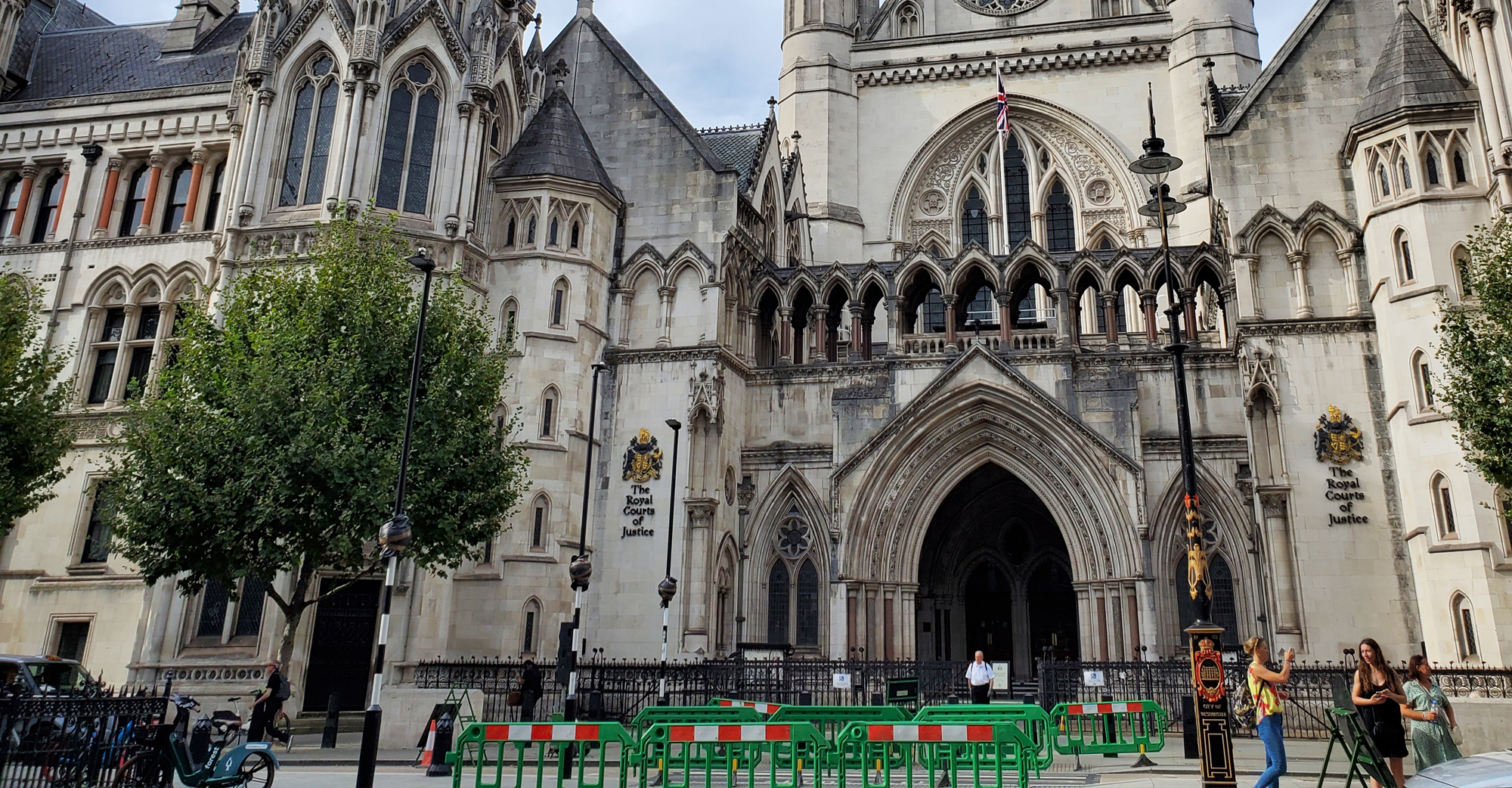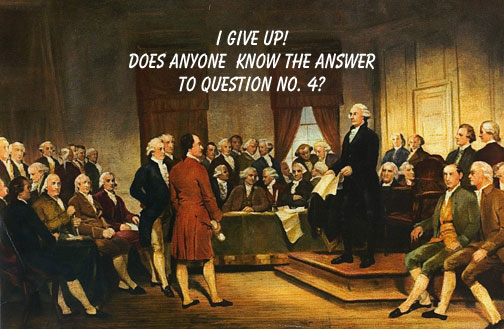
Are you up to the challenge?

Trivia #58 is devoted to History, Sports and Arts. No one will see your answers except you.

Congratulations!
You have completed Are you up to the challenge?.

You scored %%SCORE%% out of a possible 5 points.
Your performance was: %%RATING%%
Question 1 |
A | Baseball |
B | Cricket |
C | Hockey |
D | Soccer |
E | Tennis |
Soccer is the most popular spectator sport

The Iran-Morocco match, 2018 FIFA World Cup. Photograph courtesy of Кирилл Венедиктов via Wikimedia Commons
List of the World’s most popular spectator sports :
- Soccer: 4 Billion
- Cricket: 2.5 Billion
- Hockey: 2 Billion
- Tennis: I Billion
- Baseball: 500 Million
Question 2 |
A | Belgium |
B | Britain |
C | Canada |
D | Norway |
E | USA |
Canada liberated the Netherlands in 1945.
In the final months of the Second World War, Canadian forces were given the important and deadly task of liberating the Netherlands from Nazi occupation. From September 1944 to April 1945, the First Canadian Army fought German forces on the Scheldt estuary — opening the port of Antwerp for Allied use — and then cleared northern and western Netherlands of Germans, allowing food and other relief to reach millions of desperate people. More than 7,600 Canadian soldiers, sailors and airmen died fighting in the Netherlands.
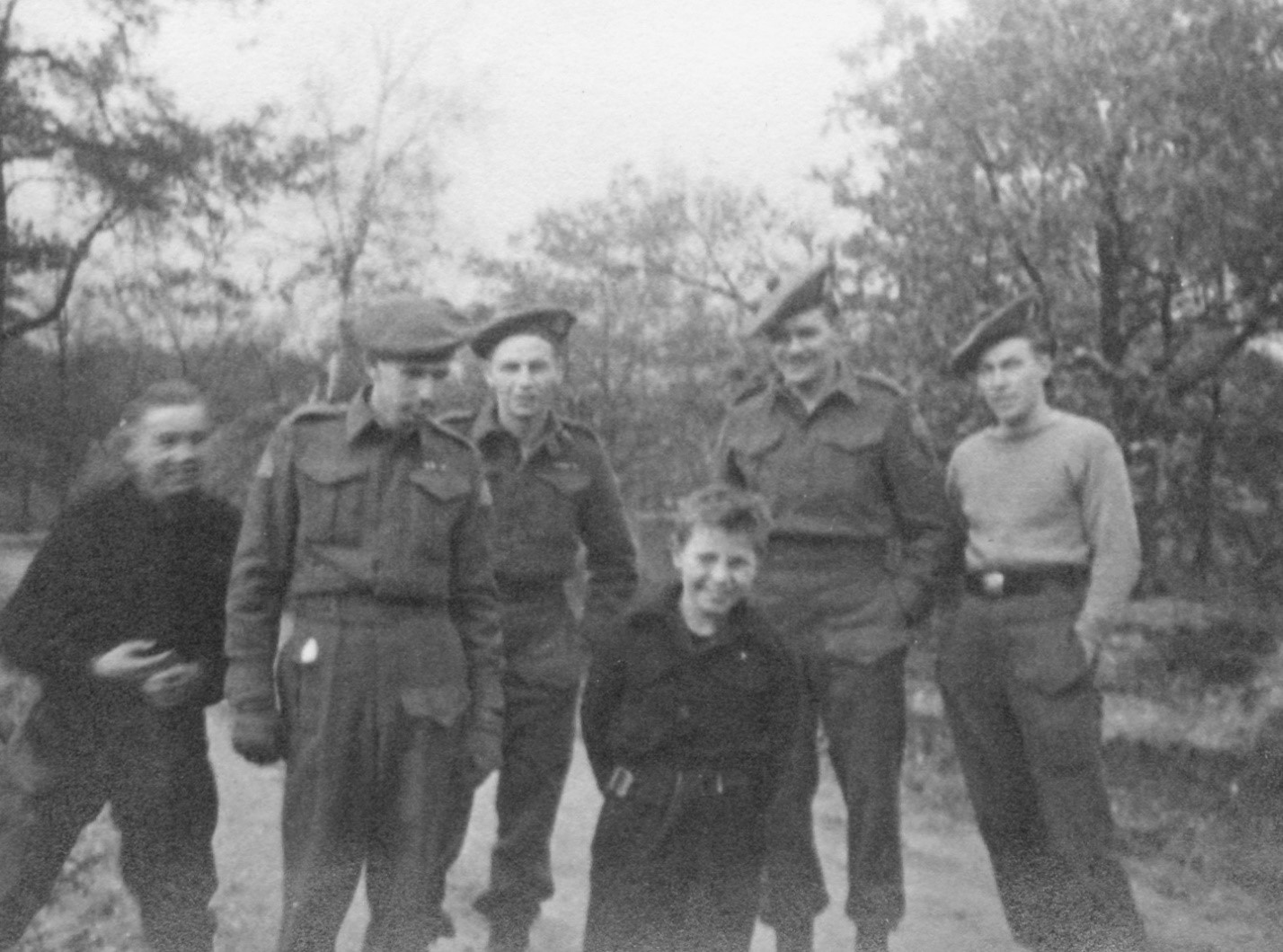
Canadian Scottish Regiment troops posing with liberated Dutch children (1945).
Courtesy Private Floyd Watkins via Wikimedia Commons
Today, Canada is fondly remembered by the Dutch for ending their oppression under the Nazis.
An estimated 301,000 Dutch people died during the Second World War, including at least 280,000 civilians. Approximately 104,000 were victims of the Holocaust. Another 20,000 died of famine-related causes.
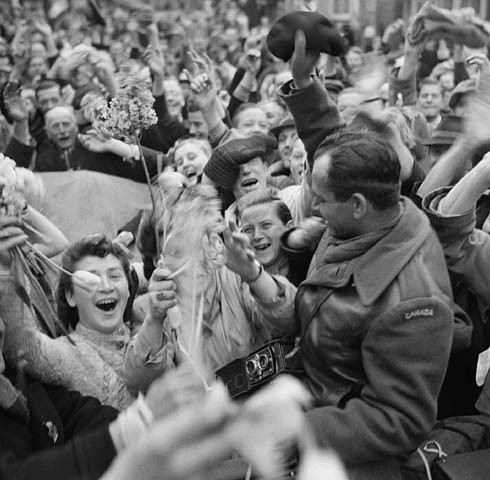
Dutch civilians celebrating the liberation of Utrecht by the Canadian Army.Commons
Courtesy Alexander Mackenzie Stirton, Canadian Department of National Defense,
Question 3 |
A | Pete Best |
B | Billy J. Kramer |
C | Jerry Marsden |
D | Stuart Sutcliffe |
E | Klaus Voormann |
Stuart Sutcliffe was the fifth Beatle
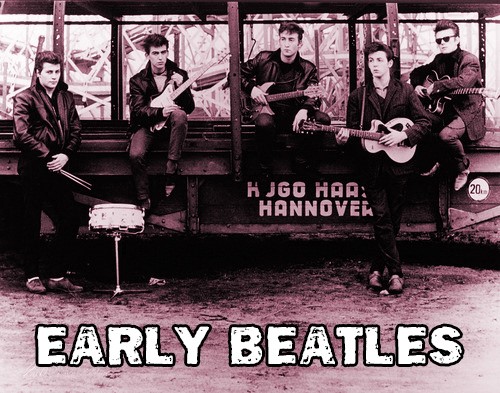
Pete Best, George Harrison, John Lennon, Paul McCartney & Stuart Sutcliffe in Hamburg.
The Fifth Beatle would be the person who was quite literally the Fifth person in the band, and that person was Stuart Sutcliffe. Pete Best once said, “Lots of people have laid claim to being the Fifth Beatle. I was the fourth…”
Stuart Sutcliffe was a member of the legendary band as the original bass guitarist, constituting the status as the Fifth Beatle.
Stuart Sutcliffe was born in Edinburgh Scotland in 1940, but his family moved to England shortly after. He happened to meet John Lennon at the Liverpool College of Art when he was introduced by a mutual friend. The three of them were all studying at the school, and Sutcliffe was noted as a brilliant painter.
When he was kicked out of his flat, Sutcliffe moved into a rundown area in Liverpool, where John Lennon moved in with him. Sutcliffe got involved with the Beatles when Lennon and McCartney convinced him to buy a bass guitar. Sutcliffe is credited along with Lennon for coming up with the band’s original name, the Beetles, inspired by Buddy Holly’s band, the Crickets.
Stuart Sutcliffe began playing gigs with the Beatles in Hamburg, which is where he met his fiance, German photographer and artist Astrid Kirchherr (May 1938 – May 2020. Together they are considered the originator of the Beatle haircut. Love Me Tender was reportedly Stuart Sutcliffe’s signature song. Apparently when he sang it, he received more cheers from the crowd than the other Beatles.
Question 4 |
A | True |
B | False |
FALSE! Constitution Day was established in 1787

In 1940, Congress and the President FDR passed a resolution creating “I Am an American Day,” observed on the third Sunday in May. In 1952, the holiday was renamed to “Constitution Day” and moved to September 17, the day in 1787 that the Constitution was signed. Constitution Day and Citizenship Day is a single celebration that commemorates the formation and signing of the US Constitution while also recognizing both naturalized citizens and those born in the US. It's a day to learn about these subjects, as well as a day many people become naturalized citizens in group ceremonies. (On average, about 700,000 people become US citizens every year.)
Question 5 |
A | True |
B | False |
The John Ford Calvary Trilogy consisted of Fort Apache, She Wore a Yellow Ribbon and Rio Grande.
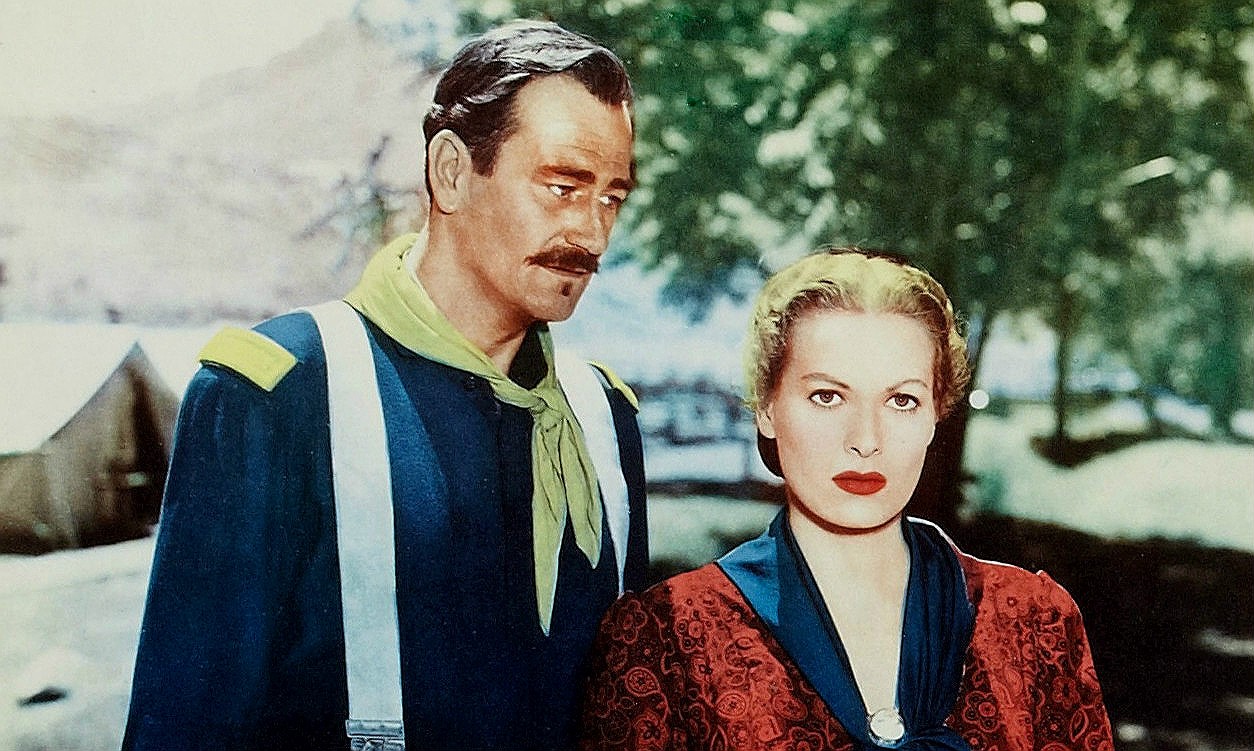
Photo from the film ‘’Rio Grande’’ with John Wayne and Maureen O’Hara. Courtesy of Wikimedia Commons.
John Ford is, arguably, The Great American Director. When Orson Welles, who repeatedly screened Ford's Stagecoach (1939) as a crash course in filmmaking before helming his first film, Citizen Kane (1941), was asked who his three favorite directors were, he answered, "John Ford, John Ford, and John Ford." Along with D.W. Griffith, who created the visual language of film used today, Ford came of age when movie production began shifting from its New York-New Jersey base to California in the second decade of the 20th Century He is considered an artist who helped define what America was on the screen. Ford's cinematic art is as much a part of Americana as a Frederic Remington painting of the Old West, a subject both portrayed in their respective artforms.
